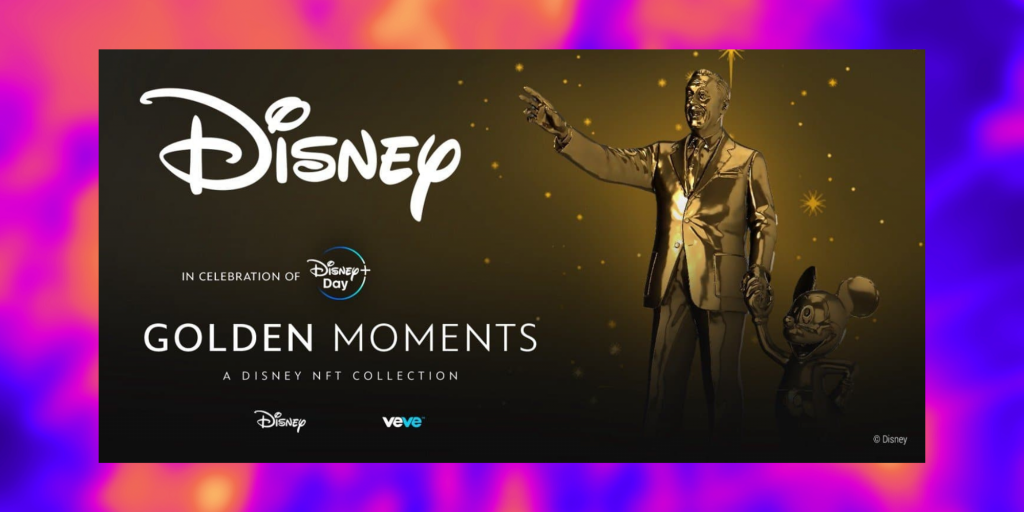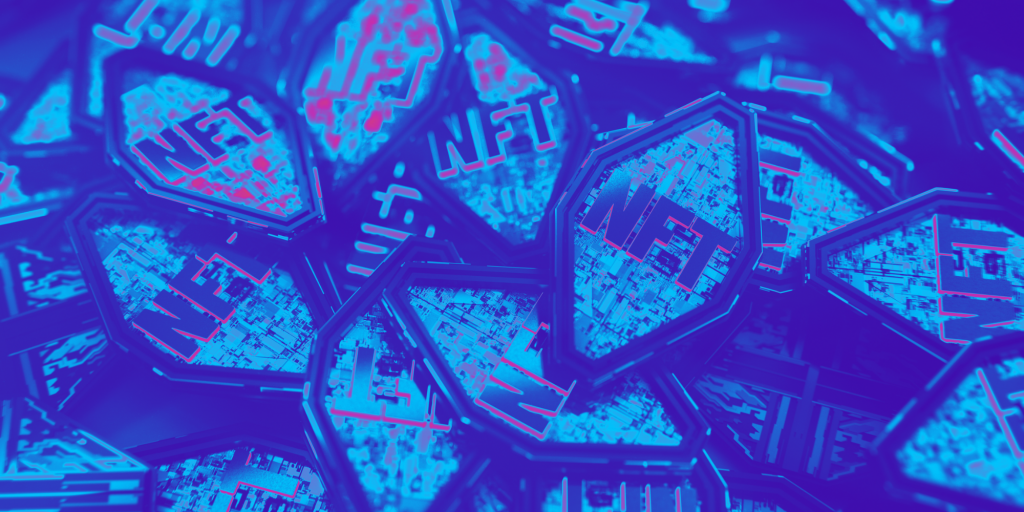NFT Sports Cards Explained (Read Before Buying)
It seems only yesterday when headlines of sports trading cards selling for millions of dollars spotlighted the lucrative world of collectible cards. To recap the highest flying sales: And the list goes on, often to the incredulity of the average person still digesting the idea that even classical art can fetch multi-million dollar price tags. …




